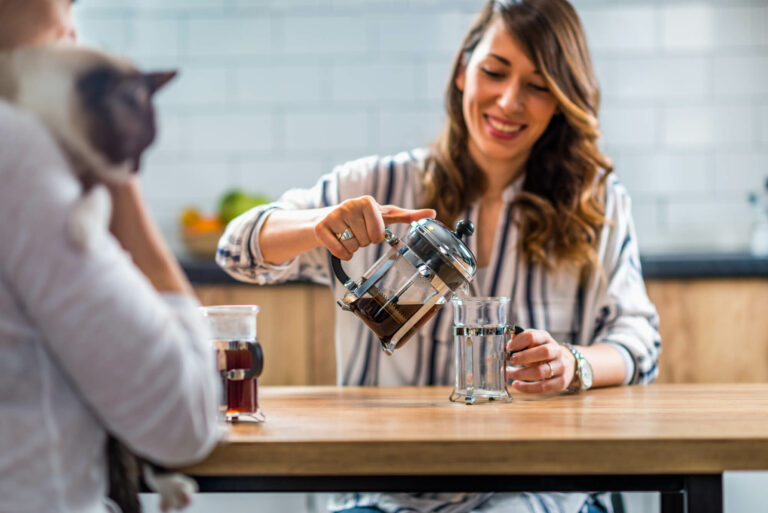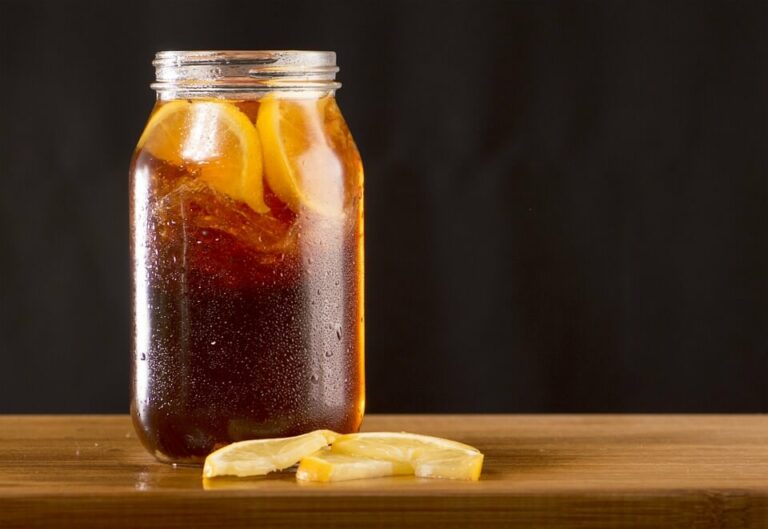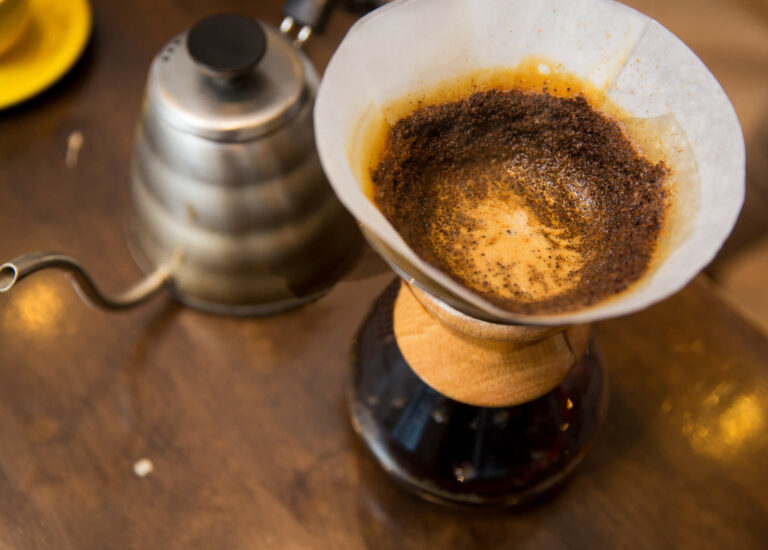How to Taste Coffee
Coffee tastes differently for each person, and some cannot even distinguish the different tastes of food touching their tongue, let alone the taste of coffee.
Professional coffee growers, sellers, and baristas have a way of tasting coffee. They are doing it at a controlled tasting they refer to as cuppings. For an ordinary person, it isn’t easy to separate a great cup of coffee from a not-so-great coffee sold in coffee bars.
Golden Age of Coffee Discovery
Our growing discovery for coffee which we consider as a commodity is still relatively new. When consumers consume coffee, they discover that the flavor they always wanted already lies in the bean. The quality of coffee is constantly hanging in the balance. As a consumer, if you are looking for a quality coffee experience, look for coffee bars that brew coffee, making it the main attraction.
Some coffees are sweeter, others will be more acidic, and some are more velvety than other coffee types. The idea is to let the coffee be the best version of itself. As long as the coffee was harvested carefully and intentionally sourced, roasted, and brewed with a strict set of parameters, the output would be different from the rest. They will develop a unique flavor.
A coffee bean’s taste is affected by the environment where it is grown, along with its intrinsic nature and the manner it is handled. All this helps create the complex flavor of the coffee. A well-balanced coffee preserves and showcases the nuances a bean has to offer since a farmer picked it from a coffee branch.
When it comes to coffee, the taste is a matter of preference, but novice drinkers also need to know what type of coffee they are looking for.
The Essentials of Coffee Tasting
Coffee tasting is not an easy task. You need to know several things to properly categorize a coffee and conclude that it is indeed an excellent tasting coffee. Coffee professionals consider these five categories to differentiate one cup of coffee from another. Once you understand how these five categories contribute to coffee tastes, you will understand how each coffee type differs.
- Sweetness
Coffee may be bitter, but better coffee typically tastes sweeter. The sweetness of the coffee makes it more appealing to consumers. The sweeter type of coffee is known as Arabica coffee. Every time you taste coffee, you would detect different types of sweetness like fresh fruit, honey, or darker caramel or molasses. When you become adept at these sweet tastes, you can try brewing different coffees, and you can tell what type of sweetness a type of coffee has.
- Body
Coffee weight and feel in our tongues are different. If you can distinguish a coffee’s body by its texture, you will know what method to brew that specific coffee.
- Acidity
Many people would avoid coffee because of its acidity. Still, they are unaware that it is one of the crucial categories in determining how good a coffee is. Acidity in coffee adds brightness and dimension. Coffee acidity is relatively stable, but it can help determine the flavor the coffee brings out. The rost level affects the acidity of coffee. If it is a darker roast, it can taste sweeter like caramelized sugar, and if less dark, it can taste tangier.
- Flavor
For those who are not coffee experts, the only flavor you will taste is coffee. But to a seasoned coffee drinker, every sip can taste different. The fact that you eat several times a day, you encounter many different flavors. When you drink coffee, learn to associate that coffee flavor to the food flavor you are familiar with and match it to the one you are drinking.
- Finish
One of the magical things about coffee is that flavor lingering in your mouth after you have taken a sip of your coffee. The coffee finish is often measured in terms of duration and texture.
Be a better coffee taster as you consume your coffee daily. It will take you years to become a coffee expert. Still, practice and patience will enable you to achieve your goal of becoming a coffee tasting expert. There are a few steps you must take to achieve it. You need to taste coffee every day and try to analyze its flavor while experiencing it. Eventually, you will be able to build a habit of active tasting. Also, practice comparative tasting. Through comparative tasting, you can learn to compare and contrast similar flavors. There are coffee flavors that we love to have. Still, you can only become a better judge in tasting coffee if you go out of your comfort zone. Get acquainted with different coffee types, even if they are the worst type there is. Always trust your instinct in tasting coffee. We have good flavor memory, and coffee tasting is not about being right or wrong with the flavor but learning and discovering new flavors.






